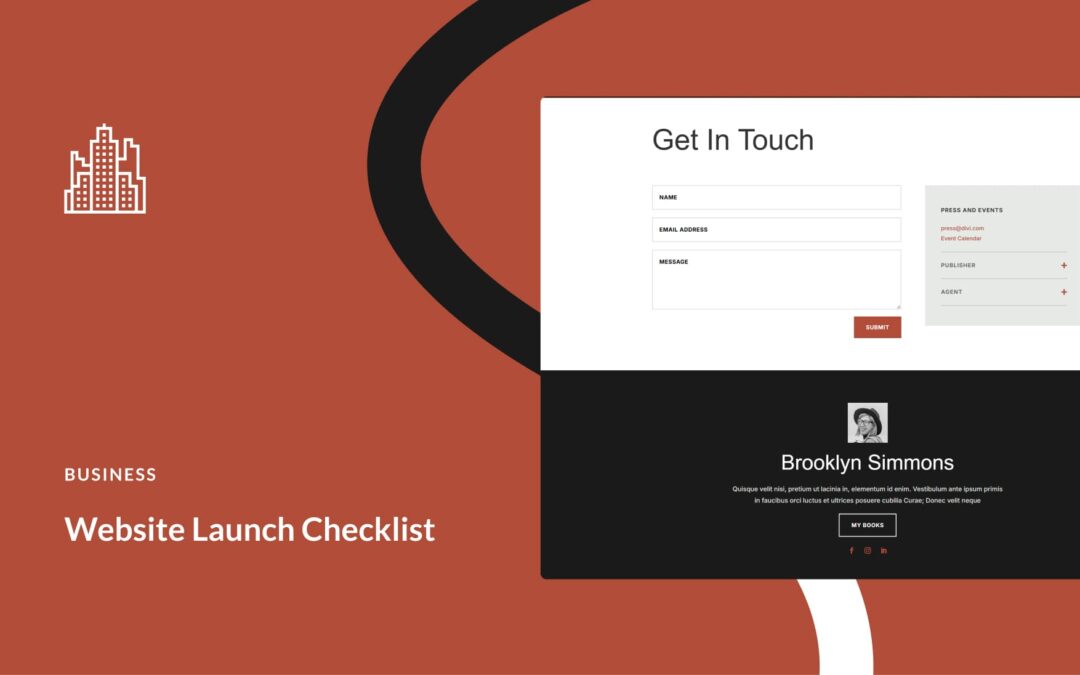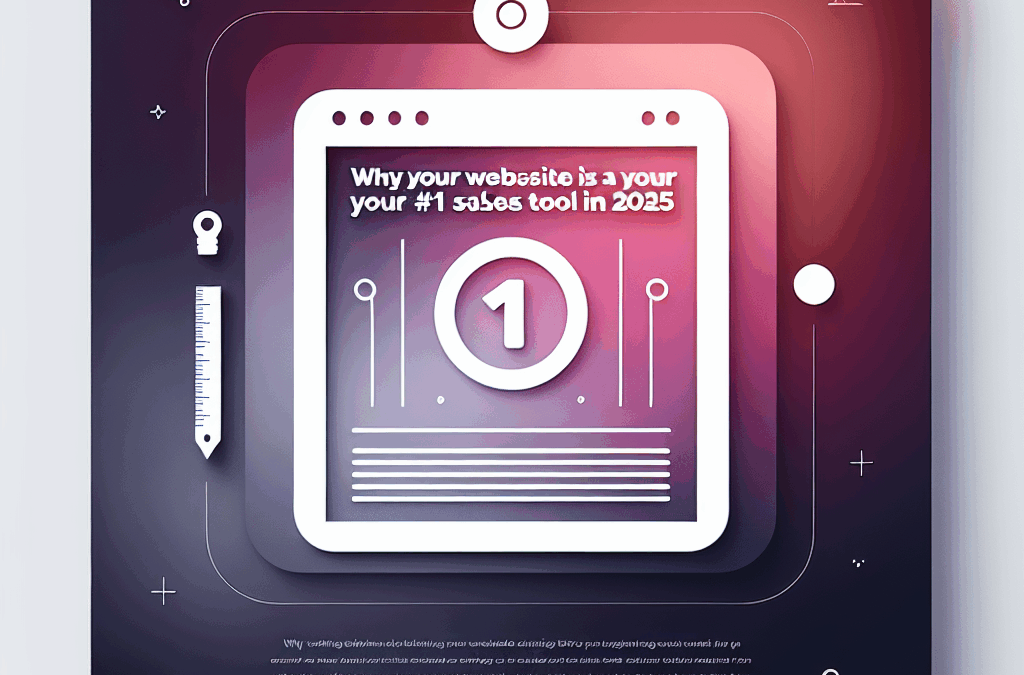There are two types of search engine optimization (SEO) that can improve your ranking: on-page and off-page. The first, on-page SEO, is absolutely necessary if you want the search engines to categorize your site. Some web designers include this type of search engine optimization as part of their web design package and others do not. Yet, even if they do include it as part of their service, is on-page SEO enough to rank on Google?
That’s the million-dollar question that we will address in this article.
What is the difference between on-page and off-page SEO?
First, let’s define the two types of search engine optimization so you have a better understanding of what we are talking about.
Off-page SEO involves press releases, link building, and the submission of your articles to other sites. It is time intensive and when done well, can give your website a boost in the search results. Typically, when you hire an SEO firm, they will focus on off-page SEO. However, be wary of ‘SEO experts’ that claim immediate results or use tactics, such as selling questionable backlinks. You cannot cut corners when doing off-page optimization without running the risk of losing your rank altogether.
The other type of optimization is known as on-page SEO. It involves the insertion of keywords into your landing pages, along with other strategies like tagging and site structure. As it’s implied, on-page work takes place on the landing page or within the confines of your site. I would consider on-page optimization as absolutely necessary if you hope to draw any sort of organic traffic.
But is on-page SEO enough to rank on Google?
And by ranking, I mean on Page 1.
The answer is YES!
5 Elements of On-Page Optimization
Let’s take a closer look at what’s involved in ranking with on-page SEO.
#1 – Keywords
Google has a list of search strings or keywords that it looks or on your site. Typically, these words define the purpose and content of a particular article or landing page. For example, this article is about on-page SEO. It was written to help readers understand that on-page optimization CAN get you ranked on Page 1 of Google. To make sure that Google knows what the article is about, we’ve inserted the long-tail keyword phrase ‘is on-page SEO enough to rank on Google‘ in places that we know Google will search for keywords.
- Include your keywords in the first paragraph of text.
- You should also use your primary keyword phrase in your last paragraph of text.
- Make your keyword part of your URL and the Title of your landing page.
- Incorporate them as many times as possible, but don’t overdo it.
- Try to use your keyword phrase in a list of bullet points and incorporate it into one of your subheadings.
- Add your keywords to the alt text on your images.
- Include related terms within the body of the text.
Keywords are the PRIMARY and most basic element of SEO. If you do nothing else but put keywords in their proper place, your site can rank on Google for your industry. The actual results depend on the specificity of your keyword phrase and how large a pond you are fishing in.
For example, ‘web design’ may not rank as well as ‘San Francisco Web Design.’
Why?
Because the less specific ‘web design’ means you must compete against all the web designers out there while ‘San Francisco web design’ narrows the field to one city of competitors. Most sites take advantage of their local markets and optimize for keywords that include their city or region.
- Kansas City Carpet Cleaning Services
- Seattle Home Builder
- Los Angeles Insurance Agency
This coupled with some on-page linking strategies can optimize your site for your local market. This will cause you to appear on Page 1 of Google when someone in one of those targeted cities searches for your product or service.
#2 – Internal Links (Site Structure)
When a web page links to another, it passes along some of its ‘rank juice’ through the link. Therefore, If your site is well-structured, your most important content will receive the most internal links. Google then considers this your core message and will use it to determine relevance. This means it is very important to have quality content that ranks and a good linking structure within your site if you want to make it onto Page 1 of the search results.
Note: Internal links also steer your visitors through your funnel until they arrive at your conversion point.
#3 – SEO Title
Every webpage on your site needs a title. Think of it as the label on a file folder. All too often, marketers like to use something clever, that appeals to their visitors, but they fail to consider that Google is NOT a person.
Pawsitfically Fantastic Grooming
We would look at this and through inference associate it with a dog grooming site. However, ‘pawsitifically’ is not a word and nowhere in this title does it say anything about dog grooming. It will do nothing for your SEO efforts.
SEO titles can help you rank if they contain recognized search strings and follow the parameters set by Google.
#4 – Structured Data
As humans, we understand content based on our own experiences and our ability to infer meaning. For instance, if you are reading an article and you come across the word ‘swing,’ you can probably figure out the meaning of the word based on context. However, a computer (or Google) won’t know if you are talking about the dance, a piece of playground equipment, or movement.
By adding structured data tags to the HTML of your landing pages you help search engines better understand the content on your site. This allows Google to categorize the material and determine its relevance to a search query. The more relevant the content, the better it ranks in the search results.
#5 – Speed & Encryption
Finally, there some things you can do on the backend of your website that will help you rank higher on Google. First, you must have a mobile-friendly site, but most people do these days so that in itself won’t set you apart. What will give you a boost is if your site is encrypted. Recently, Google started penalizing sites that only use HTTP and not HTTPS. This push to encrypt the web has led them to give preference to encrypted sites in the search results. They will even go so far as to display warning signs on unencrypted sites if you try to access them directly.
Yet, even HTTPS has become so common that, like just like being mobile-friendly, it’s necessary to avoid falling in rank, but not enough to push you to the top.
However… speed is.
Google announced that by August 2018, speed will be a determining factor in their ranking algorithm. It appears that sites with page loading speeds of under 5 seconds will be categorized as ‘Top Performers.’ If you have a FAST, mobile-friendly, encrypted site, then you will do better in the search results than others who don’t.
Is On-Page SEO Enough to Rank on Page 1 of Google?
Yes!
Because we do it all the time.
Our web designs are mobile-friendly, encrypted, and FAST! The content is tagged with the appropriate keywords for your region and industry. We use structured data where necessary to offer clarity or increase search engine optimization. Plus, we create a site structure that works for both the search engines and your visitors.
If you are NOT ranking on Page 1 of Google, you may need a new web design or a website redesign. To find out more, contact Ericks Webs Design. We give our client’s the best web design experience possible. For no money up-front or future obligation, you can receive a Free Mock-Up Offer of your new web design, complete with on-page SEO, in just one week.
SEO










